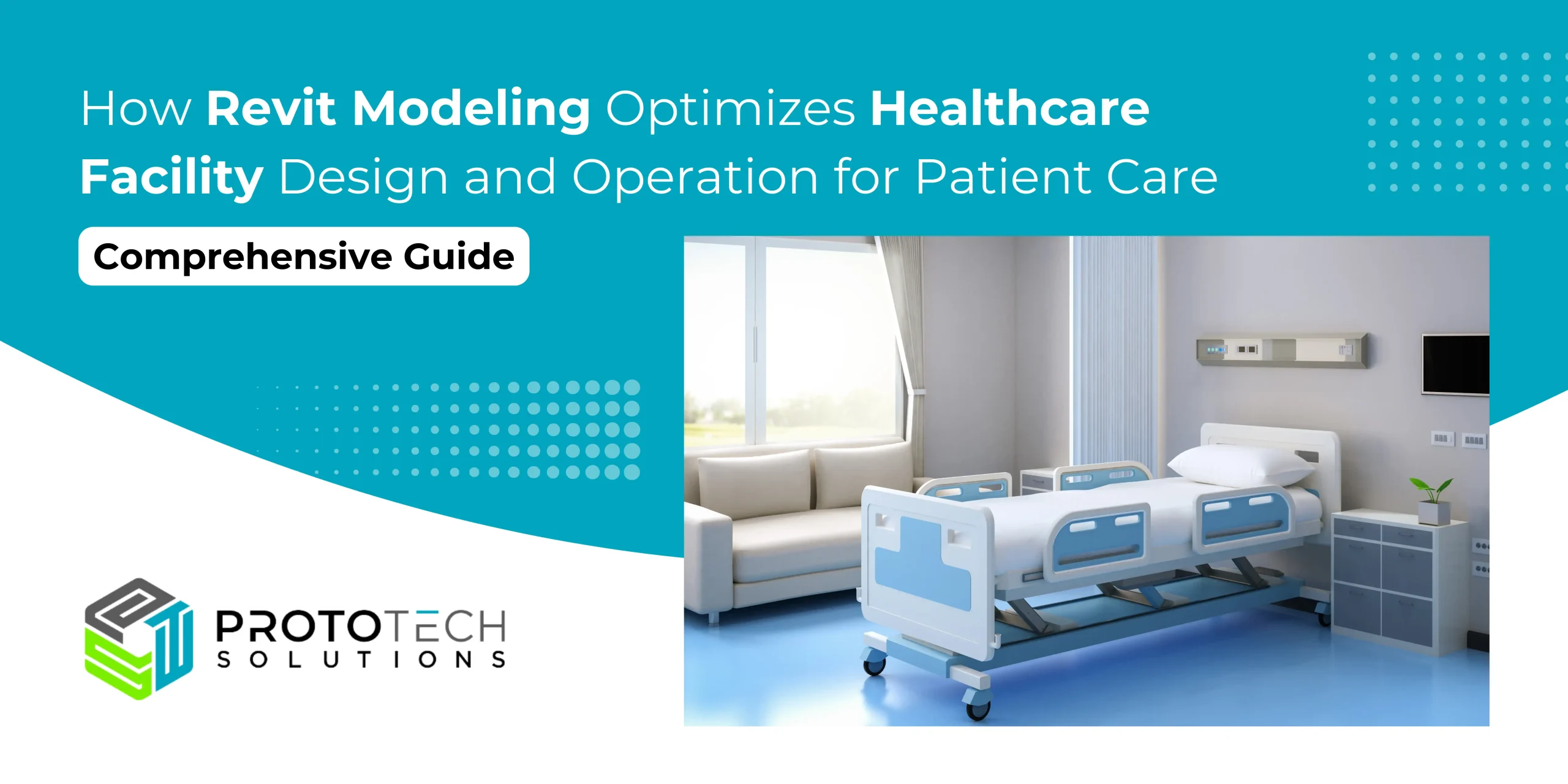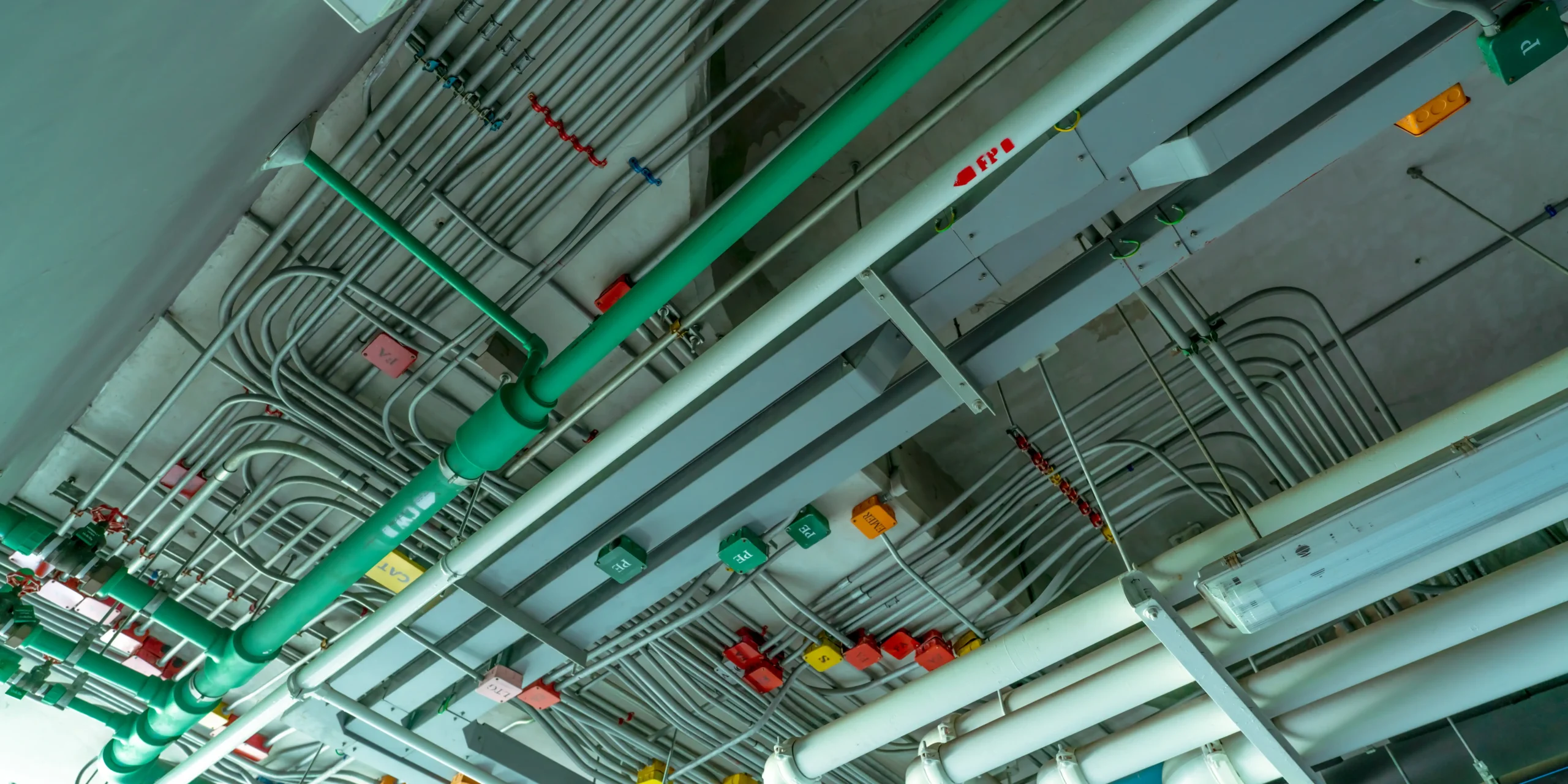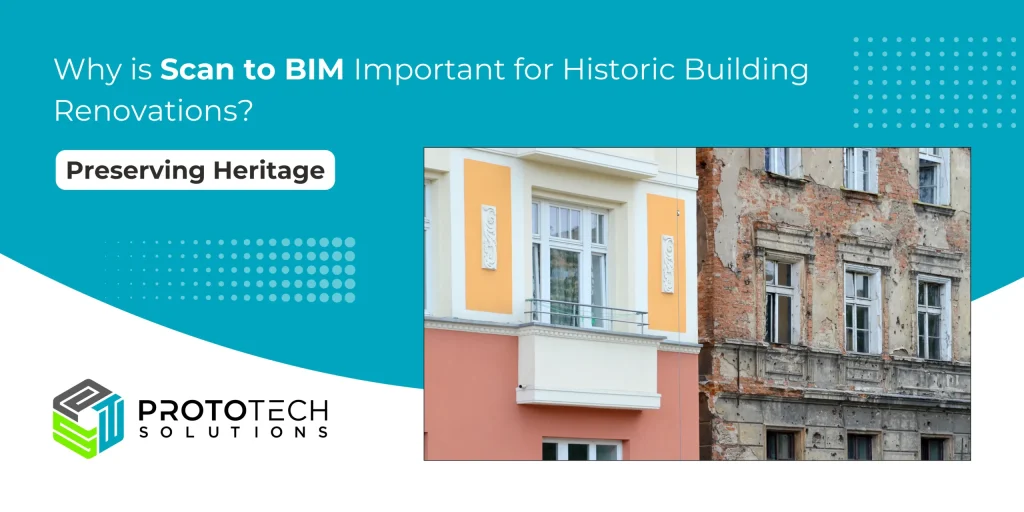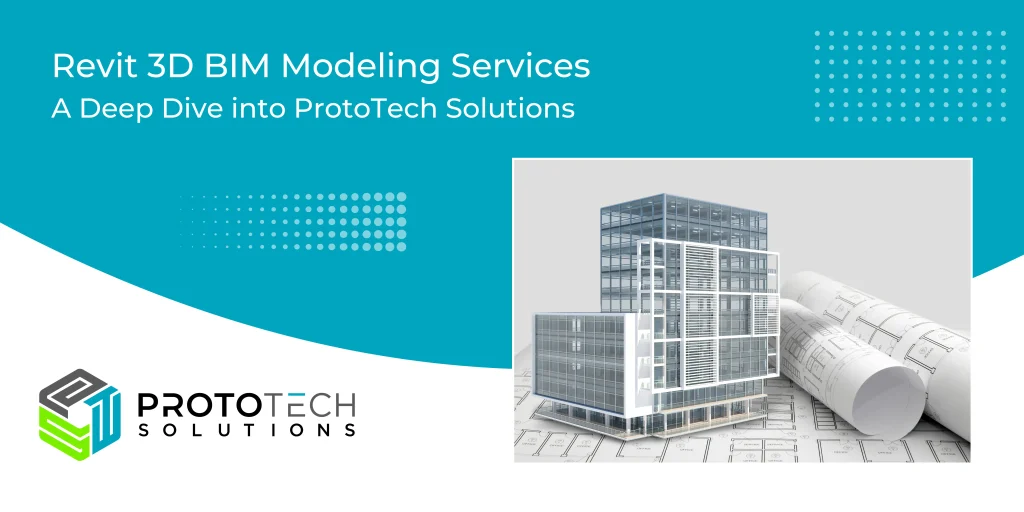How Revit Modeling Optimizes Healthcare Facility Design and Operation for Patient Care

Introduction
In the realm of healthcare facility design and operation, precision, efficiency, and patient-centricity are paramount. Every decision made in the planning, construction, and management phases directly impacts patient care, staff effectiveness, and overall operational success. According to Allied Market Research, the global healthcare facility management market was valued at $208.80 billion in 2021 and is anticipated to achieve $427.13 billion by 2031, with a projected compound annual growth rate (CAGR) of 7.4% from 2022 to 2031.
Healthcare facilities are responsible for providing a safe and hygienic environment for doctors, nurses, patients, and visitors alike. One of the top priorities of facility management is to ensure that patients’ quality of life is maintained by preventing equipment failures. This helps to ensure that there are no interruptions during surgical operations or other medical procedures.
In recent years, technological advancements have revolutionized the healthcare industry, with Building Information Modeling (BIM) emerging as a game-changer. Specifically, Revit Modeling has emerged as a powerful tool for architects, engineers, and facility managers, offering a comprehensive solution for optimizing healthcare facility design and operation to enhance patient care.
Role of Revit Modeling in Healthcare Facility Operation and Management

Revit, developed by Autodesk, is a BIM software renowned for its ability to create intelligent 3D models that encapsulate every aspect of a building project, from its architectural design to its structural and MEP (mechanical, electrical, and plumbing) systems. In healthcare facility design, Revit Modeling goes beyond traditional CAD (computer-aided design) software by integrating data-rich models that facilitate collaboration, visualization, and simulation throughout the lifecycle of the facility.
- Facility Management: Beyond the design phase, Revit models serve as valuable assets for facility managers responsible for the ongoing operation and maintenance of healthcare facilities. By leveraging the data-rich models, facility managers can access critical information about building components, systems, and maintenance schedules, streamlining asset management and prolonging the lifespan of infrastructure.
- Space Utilization and Optimization: Revit’s ability to track space utilization metrics enables facility managers to identify underutilized areas and optimize space allocation accordingly. By reallocating resources based on actual usage patterns, healthcare facilities can maximize efficiency, reduce operational costs, and enhance the overall quality of care.
- Sustainability and Energy Management: Revit Modeling facilitates sustainable facility management practices by providing insights into energy consumption, environmental performance, and carbon footprint. By analyzing data generated by the models, facility managers can implement energy-saving strategies, such as optimizing HVAC systems, upgrading lighting fixtures, and integrating renewable energy sources, to minimize environmental impact and reduce operating expenses.
- Emergency Preparedness and Response: In times of crisis or emergency, such as natural disasters or public health emergencies, Revit models play a crucial role in facilitating effective emergency preparedness and response efforts. By providing detailed information about building layouts, egress routes, and emergency systems, healthcare facilities can ensure the safety and well-being of patients, staff, and visitors during critical situations.
Benefits of Revit Modeling in Healthcare Facility Design
- Enhanced Collaboration: One of the primary advantages of Revit Modeling is its ability to facilitate collaboration among multidisciplinary teams involved in healthcare facility design and construction. Architects, engineers, contractors, and healthcare professionals can work concurrently on the same platform, streamlining communication and minimizing errors.
- Improved Design Accuracy: Revit’s parametric modeling capabilities allow designers to create intelligent building components that accurately represent real-world conditions. From patient rooms to operating theaters, every element can be precisely modeled, analyzed, and optimized for efficiency and functionality.
- Efficient Space Planning: Healthcare facilities often face challenges related to space utilization and optimization. Revit Modeling enables designers to experiment with different layout configurations, ensuring that every square foot is utilized effectively to support patient care delivery, staff workflows, and regulatory compliance.
- Simulation and Analysis: With Revit, healthcare facility designers can conduct simulations and analyses to evaluate various design scenarios and their impact on patient outcomes, staff efficiency, and operational costs. From daylighting studies to energy performance analysis, these tools empower decision-makers to make informed choices that prioritize patient well-being and sustainability.
- Streamlined Documentation: Revit’s documentation capabilities streamline the creation of construction documents, including plans, sections, and schedules. By automating repetitive tasks and ensuring consistency across drawings, Revit minimizes errors and accelerates the approval process, expediting the construction timeline.
Optimizing Patient Care Through Revit Modeling
- Patient-Centric Design: Healthcare facilities designed using Revit Modeling prioritize the needs and comfort of patients. From spacious and well-equipped patient rooms to strategically located amenities and support spaces, every design decision aims to enhance the patient experience and promote healing.
- Infection Control and Safety: Infection control is a critical concern in healthcare facilities, particularly in light of the ongoing COVID-19 pandemic. Revit Modeling allows designers to implement infection control measures, such as appropriate ventilation systems, designated isolation areas, and seamless circulation pathways, to minimize the risk of cross-contamination and ensure patient safety.
- Efficient Workflow Design: Revit enables designers to optimize workflow efficiencies by strategically locating clinical areas, support spaces, and circulation routes. By minimizing travel distances and reducing congestion, healthcare providers can deliver care more efficiently, improving patient satisfaction and staff morale.
- Adaptable and Future-Proof Design: Healthcare facilities must be designed to accommodate evolving healthcare trends, technological advancements, and demographic shifts. Revit Modeling facilitates the creation of flexible and adaptable spaces that can be easily reconfigured or expanded to meet changing needs, ensuring long-term viability and sustainability.
Final Thoughts
In conclusion, Revit Modeling has emerged as an indispensable tool for optimizing healthcare facility design and operation to enhance patient care, staff effectiveness, and operational efficiency. By leveraging the power of BIM technology, healthcare stakeholders can collaborate seamlessly, design intelligently, and manage effectively throughout the lifecycle of a facility. From patient-centric design principles to sustainable facility management practices, Revit Modeling empowers healthcare professionals to create environments that prioritize healing, safety, and innovation in the delivery of care. As the healthcare industry continues to evolve, Revit will undoubtedly remain at the forefront of transformative change, shaping the future of healthcare facility design and operation for years to come.
Revit Modeling Services for Healthcare Facilities
When it comes to finding the best Revit modeling company in India, ProtoTech Solutions stands out as your ultimate choice, serving as your trusted growth partner for all your projects. With an impressive two decades of experience in the AEC industry, At ProtoTech Solutions, we bring unparalleled expertise, innovation, and reliability to every endeavor. Whether you’re seeking architectural, engineering, or construction solutions, it offers comprehensive services tailored to meet your specific needs and exceed your expectations. From conceptualization to execution, their dedicated team of professionals ensures meticulous attention to detail and a commitment to delivering exceptional results.
We provide specialized services in Building Information Modeling (BIM) and architectural CAD. Our services include parametric family creation, quantity take-offs, model creation for BIM Clash Detection & Resolution, 4D, 5D, and 6D support, as well as model phasing. Additionally, we offer CAD to BIM, point cloud to BIM conversion, and structural analysis.
Choose ProtoTech Solutions for cutting-edge Revit modeling services that drive your projects forward and elevate your success in the dynamic landscape of the Healthcare and AEC industry.



